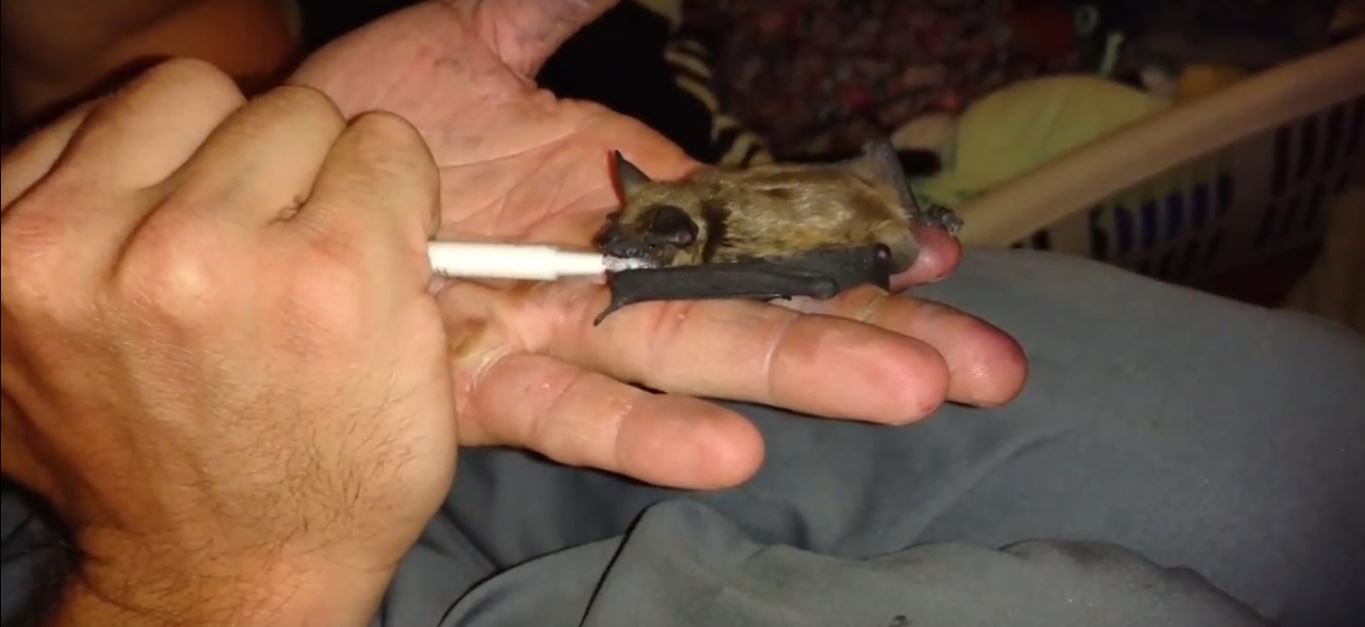
Pest Animal Removal Saint Paul
Welcome to Pest Animal Removal Saint Paul! We are a wildlife removal company servicing Saint Paul, MN. You might not think that the invading wildlife in your home isn't causing any damage, but that's only because you can't see most of it. One of the main reasons we are called is because a homeowner can hear something moving or scuffling around in the walls of their homes, or because a slight whiff of a dead corpse has started to emulate around the house, and that's a good thing because we are the right guys (and girls) for such a job! Our ensemble is a family unit with a second-to-none customer service standard that we pride ourselves on. For your peace of mind, all staff are trained with all the latest and most up-to-date methods and standards, and we all attend industry seminars to educate us on how to do our job better and more effectively. Not only that, we carry all of the latest and most advanced wildlife control equipment. It helps to make our job easier, and it also ensures that no wildlife is injured or harmed during our control measures. We won't just handle your homes, we can deal with wildlife control problems within commercial properties also, and we carry commercial liability insurance to ensure that both you, and we, are fully covered and protected. Call us now at 651-321-5300 for your Saint Paul wildlife control needs.
About Pest Animal Saint Paul and Our Services:
Same-day or next-day appointments.
Thorough inspection of your property and attic.
Humane wildlife trapping and exclusion.
We repair wildlife damage and prevent re-entry.
Fully Minnesota licensed and insured.
Poison-free Saint Paul rodent control - rats and mice.
Experts in Minnesota bat removal from buildings.
Saint Paul raccoon removal and skunk removal.
Removal of animals in the attic, like squirrels.
Dead animal removal, inside and outside.
Saint Paul snake removal and prevention.
Saint Paul bird control services.
Our Service Range

Our Service Range
We service Hennepin County, Ramsey County, Dakota County, Anoka County, Washington County, Scott County, Wright County, Carver County, Sherburne County, St. Croix County, Chisago County, Pierce County, Isanti County, Le Sueur County, Mille Lacs County, and Sibley County. We service towns such as Minneapolis, Saint Paul, Bloomington, Brooklyn Park, Plymouth, Eagan, Woodbury, Maple Grove, Blaine, Eden Prairie, Coon Rapids, Burnsville, Lakeville, Minnetonka, Apple Valley, Edina, St. Louis Park, Maplewood, Shakopee, Richfield, Cottage Grove, Roseville, Inver Grove Heights, Andover, Brooklyn Center, Savage, Oakdale, Fridley, Shoreview, Ramsey, Chanhassen, Prior Lake, White Bear Lake, Chaska, Elk River, Champlin, Rosemount, Crystal, Farmington, Hastings, New Brighton, Golden Valley, Lino Lakes, New Hope, South St. Paul, Columbia Heights, West St. Paul, Forest Lake, Stillwater, Hopkins, St. Michael, Anoka, Buffalo, Ham Lake, Otsego, River Falls, Robbinsdale, Hugo, Hudson, Monticello, Vadnais Heights, Mounds View, Rogers, North St. Paul, Waconia, and East Bethel.Saint Paul Wildlife Removal Tip of the Month: How to Find and Remove a Dead Animal from Your House
Your home is your castle. You have done a lot to turn your Saint Paul home into the beautiful showcase you wish
it to be. Everything about it is just perfect for you. Then you notice it. The smell ! Yuck!!
You know something has crawled inside the walls of your home and died somewhere. You may even have a
general idea of where that is, but finding the exact location of the dead carcass is not easy, and you
don't want to be tearing all your walls apart to find it. That is almost as bad as the dead Minnesota animal rotting
in your walls – I did say almost.

So how do you find that dead Saint Paul rat, raccoon, possum, squirrel or bird? That is a good question. It will say up
front that it will require a small amount of work on the walls of your home after you find it. The first place
to begin is by sniffing like crazy. You need to smell around your home as much as you can to see if you can narrow
down the location to a fairly small area. Ask others to help you locate as well. Have a really nosy neighbor?
Well now is the time to put them to work. Bring them in and tell them to get their honker busy. Once you have
located a general area the next step is to dig a small hole in the wall that is large enough to put either a
small camera, like a webcam into the wall, or a mirror with a light on it. Look around inside the wall to see
if you can find the location where the Minnesota animal is. If you do not see it, then you will need to cut a second hole
or even a third or fourth if necessary. Once you have found the animal you will need to cut a much larger hole in
the wall. At least two foot square depending upon the size of the Saint Paul animal. There have been instances where raccoons
have died in people's walls so you may need to go larger. There is no sense in trying to squeeze an animal through
a hole that is too small. This will only contaminate more of your wall as you pull it out.
Once you have cut your hole, the next step is protect yourself. Wear gloves and cover all exposed areas of your
skin. Make sure you wear a respiratory mask and protect your eyes with goggles. A lot of Saint Paul animals have parasites
that can be transferred through the air. You can't afford to take this kind of risk with your health. You should
probably use dish washing gloves to grab the animal, as they are usually quite thick and not easily torn. When you
grab the animal make sure you through it into a secure trash bag. It is probably good to double bag the animal as
well, and make sure you throw it away in a sealed trash can. If you find that there are more than just one animal
dead in the wall don't be afraid to use more than one trash bag. Packing each animal in a separate bag makes sure
you make less contact with the animals themselves. Consider that as you are putting another dead animal in a bag
that contains one you are more likely to touch the inside of the bag where the first animal touched. That is just
not healthy for you.
Other Wildlife Control Saint Paul information
- What Causes Rodent Population Growth and Infestations?
- Nuisance Peacock Removal
- Facts About Prairie Dogs
- Tips to Keep Frogs Out of Your Pool or House
- Is There a Rat Inside Your Home?
- Feral Pigs
- Identify a Shed Snake Skin
- How to Keep Away Vultures
- What to do About a Trap-Shy House Mouse
- Damages Caused by Canadian Geese

